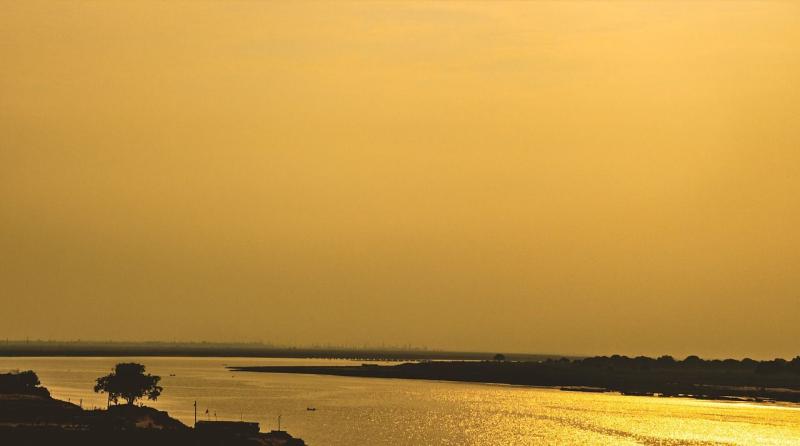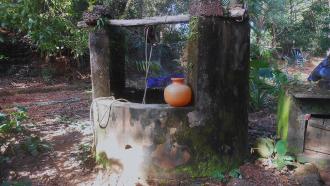
The quality of our drinking water determines our health and well-being. India is the largest consumer of groundwater in the world, and many consider it pure and safe for consumption. However, many studies have debunked this belief and have shown that groundwater could also be contaminated with toxic elements. Now, a recent study by researchers from the Central University of Haryana, Jawaharlal Nehru University, New Delhi, and National Bureau of Soil Survey and Land Use Planning, New Delhi, provides more evidence on the groundwater contamination in the Upper Gangetic basin.
The Upper Gangetic basin covers an approximate area of 1.49 lakh sq km and is drained by the Ganga and its tributaries like the Yamuna, the Ram Ganga, and the Ghaghara rivers. The current study used tubewell water samples collected from the Saharanpur district in Uttar Pradesh, which falls in this basin. The findings of the study were published in the journal Groundwater for Sustainable Development, and the study was partially funded by the Council of Scientific and Industrial Research.
Groundwater in most regions contains traces of some metals that are essential as nutrients. “Some trace metals such as cobalt, copper, zinc, and selenium are essential for humans, but its high level may cause physiological disorders. Trace metals like cadmium, chromium, and lead are very toxic at low concentrations”, say the authors. It is these heavy metals that are dangerous. They studied the potential sources of the contaminants using statistical tools.
The researchers found that the groundwater samples were contaminated with toxic elements like aluminium, arsenic, boron, copper, manganese, and lead. When they compared these levels with the threshold set by the World Health Organization (WHO)’s 2011 guidelines and Bureau of Indian Standards' (BIS), 2012 standard for safe drinking water, the results were alarming.
“Arsenic exceeded the WHO, 2011 guidelines and BIS, 2012 standard for 30% of the groundwater samples. For boron, 46% of the samples were found having a concentration higher than the BIS 2012 permissible limit. Lead level exceeded the BIS standard value and WHO guideline value in 46% of the samples”, say the authors about their findings.
The authors also point out that the observed contamination of groundwater with metals might be either due to natural (geogenic) sources or through human-mediated activities like industrialisation and urbanisation. They found that the contamination was high in regions closer to industries, which is the northern part of the study area. The southern part, which had fewer industries, had lower levels of contamination.
“The overall quality of groundwater in the northern area is poor and may cause potential health risks to the local population if the water is consumed for a long time”, warn the authors.
The study highlights the prevalent disturbing scenario of drinking water quality in India, which is home to one of the world’s highest number of people lacking access to clean water. Adequate monitoring and regulation of sources that contaminate existing groundwater could help preserve this depleting but valuable resource for the future.






